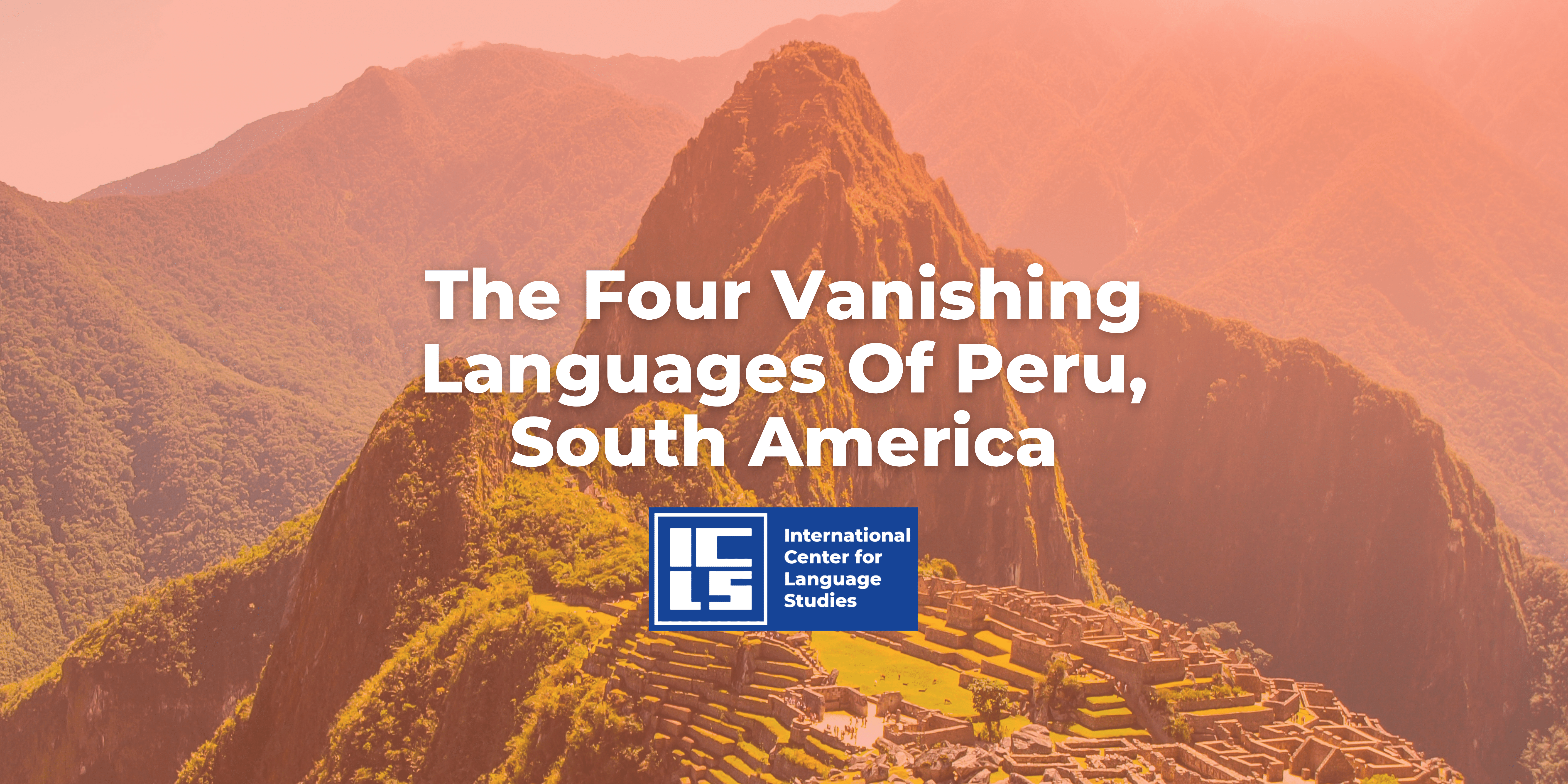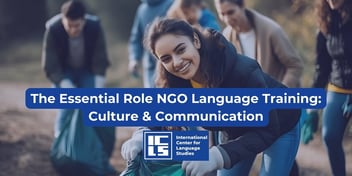The Four Vanishing Languages Of Peru, South America

Peru is a country of great linguistic diversity. While Spanish is used widely throughout the country, Peru is also home to more than ninety indigenous languages. Most of these belong to unique language families.
A language family is a group of related languages that developed from a common historic ancestor. For example, English and German belong to the Germanic language family and are believed to have descended from the same earlier language. In addition to Spanish, four different languages are represented at the Folklife Festival’s Perú: Pachamama program: Quechua, Aymara, Kukama, and Wachiperi.
Quechua
Quechua is the name of both a language and its language family. It is spoken in the highlands of Peru, Ecuador, and Bolivia. With over four million speakers in Peru, it is the most widely spoken indigenous language in the country and was recently granted status as a national language.
Quechua was the principal language of the Inka Empire. The Spanish invaded the Inka in the sixteenth century, but the Quechua language fortunately survived. It has since evolved, and variants of it are still spoken today.
Rimaykullayki – Hello (general greeting)
¿Allillanchu? – How are you?
Aymara
Aymara has over two million speakers throughout the Andean region in Peru, Bolivia, Chile, and Argentina. Along with Quechua, Aymara has official language status in Peru. It is believed that the original homeland of Aymara was Peru and that the language later spread to its neighboring countries.
The three main dialects are Central, Southern, and Jaqaru. The Jaqaru dialect is considered seriously endangered, although it was recently given local official status to aid its preservation. Some linguists suggest that Aymara is related to Quechua because the two languages share many common words, but this claim has yet to be convincingly supported.
Kamisaki – Hello
Kamisasktasa? – How are you?
Jallalla! – Cheer, humor, high spirits, kind regards
Kukama (Kukama-Kukamiria)
Kukama (Kukama-Kukamiria) is a highly endangered language with approximately 250 remaining speakers in Peru. The majority of Kukama speakers are elderly, with many over the age of sixty. The natural transmission of the language has been interrupted by a long history of contact with other linguistic groups, the geographical proximity of Kukama-speaking communities to big cities where Spanish is the dominant language, and the presence of schools with Spanish-only instruction. As a result, many people have shifted to speaking only Spanish.
Fortunately, efforts exist to bring attention to and document Kukama. Radio Ucamara is part of revitalization efforts that celebrate the Kukama language and its people’s unique heritage through storytelling, song, and workshops.
Era na kuema – Have a nice morning
Era na karuka – Have a nice afternoon
Wachiperi
Wachiperi is one of seven languages belonging to the Harakbut linguistic family. Of an estimated total population of one hundred, only thirty to forty Wachiperi people still speak or understand the language. With so few speakers, Wachiperi is severely endangered. Due to the small size of the population, mixed marriages are common between Wachiperi and other Amazonian groups or mountain Quechua people who have settled in the area. Parents therefore often speak the common language of Spanish in the home, if they are unable to communicate with their spouses in their Native languages. As a result, many children grow up speaking only Spanish, even though they may hear and understand Wachiperi.
Several members of the Wachiperi community are participants at this year’s Festival. They have brought with them their newly published Wachiperi dictionary and textbooks—the result of a joint project with Peru’s Ministry of Culture to document and preserve the language.
Bahai omiate – Good morning
Mendpa dak momahë? – How are you?
Visit the Folklife Festival’s Perú: Pachamama program to learn more about Peru’s indigenous languages and meet some native speakers.
If you are eager to start learning a rare language, ICLS is happy to offer classes in 85+ languages (see a full list here).
ICLS has provided language training since 1966. Our clients include individuals, government agencies such as the FBI, USAID, the Foreign Service Institute, and organizations such as the Pan American Health Organization, the IMF, and the World Bank, to name a few. With over 80 languages to choose from, a corps of highly skilled and trained language teachers, and in-house curricula, your language learning journey is off to a great start when choosing ICLS. Explore our foreign language classes to find a program best suited to your needs.
Credit: Smithsonian Institution
http://www.festival.si.edu/blog/2015/the-languages-of-peru/


